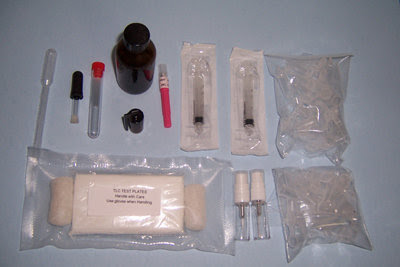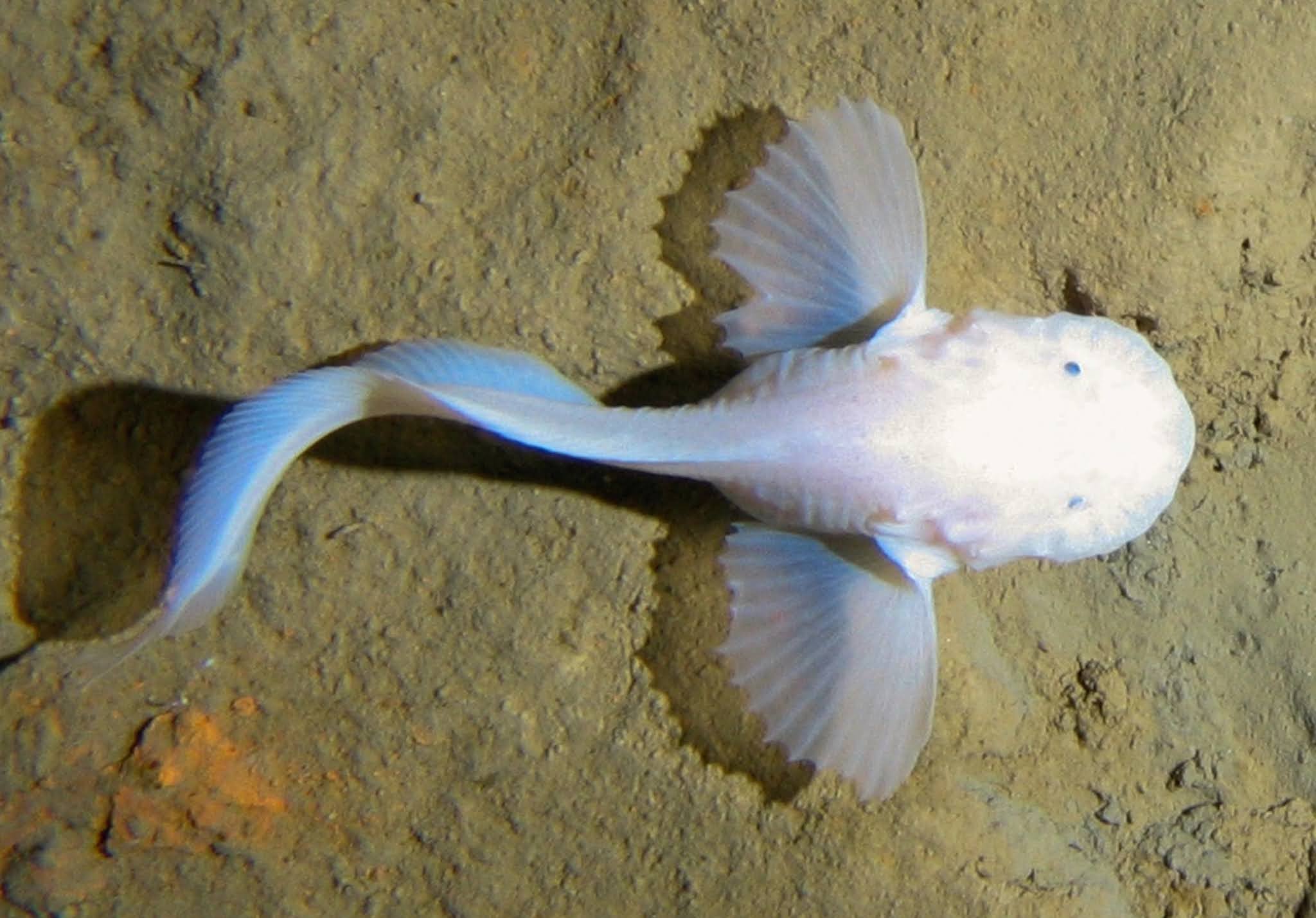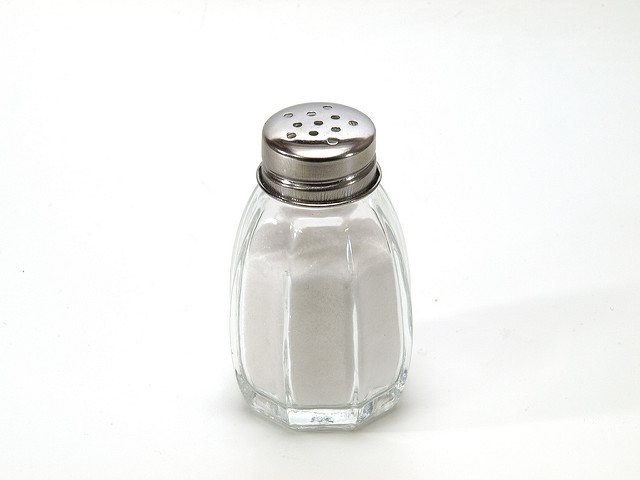
The Ultimate Guide on How to Add Salt to Koi Pond
Why Do You Need to Add Salt to Koi Pond?
Koi ponds are not just a beautiful addition to your backyard, but also a complex aquatic ecosystem that requires proper maintenance. One of the challenges every koi pond owner faces is keeping the water quality in the optimal range. This is where adding salt to your koi pond can be beneficial.
Salt has been used in aquariums and ponds for centuries as a natural remedy for many common problems. It can help reduce stress and improve overall health by creating a slimy layer on the fish’s skin, protecting it from harmful bacteria and parasites. Additionally, salt can help reduce the number of invasive algae species and improve water hardness, making it easier to maintain a stable pH level.
How Much Salt Should You Add to Your Koi Pond?
The ideal salt concentration for a koi pond is between 0.1% and 0.3%. However, before adding salt, you should measure the current level of salinity in your pond to avoid overdosing or underdosing. There are various saltwater testing kits available on the market that can help you determine the exact salt concentration of your pond.
When adding salt to your koi pond, it’s important to add it gradually over a period of 48 hours or more. This will give the fish and other aquatic organisms in your pond enough time to adjust to the changes in water chemistry. If you add salt too quickly, it can cause osmotic stress and shock to your fish, which can be harmful or even fatal.
How to Add Salt to Your Koi Pond
Adding salt to your koi pond is a simple process that you can easily do yourself. Here are the steps to follow:
- Calculate the amount of salt needed based on the size of your pond and the desired salt concentration.
- Dissolve the salt in a bucket of warm water. This will help the salt dissolve more easily and prevent it from settling on the bottom of your pond.
- Pour the saltwater mixture evenly around the perimeter of your pond, avoiding any areas where the water flows in or out to ensure even distribution.
- Wait at least 48 hours before adding any more salt. Monitor the salt concentration using a testing kit and add more salt if necessary.
When Should You Avoid Adding Salt to Your Koi Pond?
While there are many benefits to adding salt to your koi pond, there are also times when you should avoid doing so. Here are some situations when you should avoid adding salt:
- When introducing new fish to your pond, as they may not be accustomed to the salt concentration and may experience osmotic shock.
- If your pond has plants or snails that are sensitive to salt, as it can harm or kill them.
- If your pond has a high salt concentration already due to previous salt treatments or a high-salt source of water.
- If your koi are actively breeding, as the salt can interfere with the egg development and hatching.
Conclusion
Adding salt to your koi pond can be a great way to improve water quality and promote fish health, but it’s important to do it properly and carefully. By following the tips and guidelines outlined in this article, you can ensure that your fish and other aquatic organisms thrive in a healthy and balanced environment.




